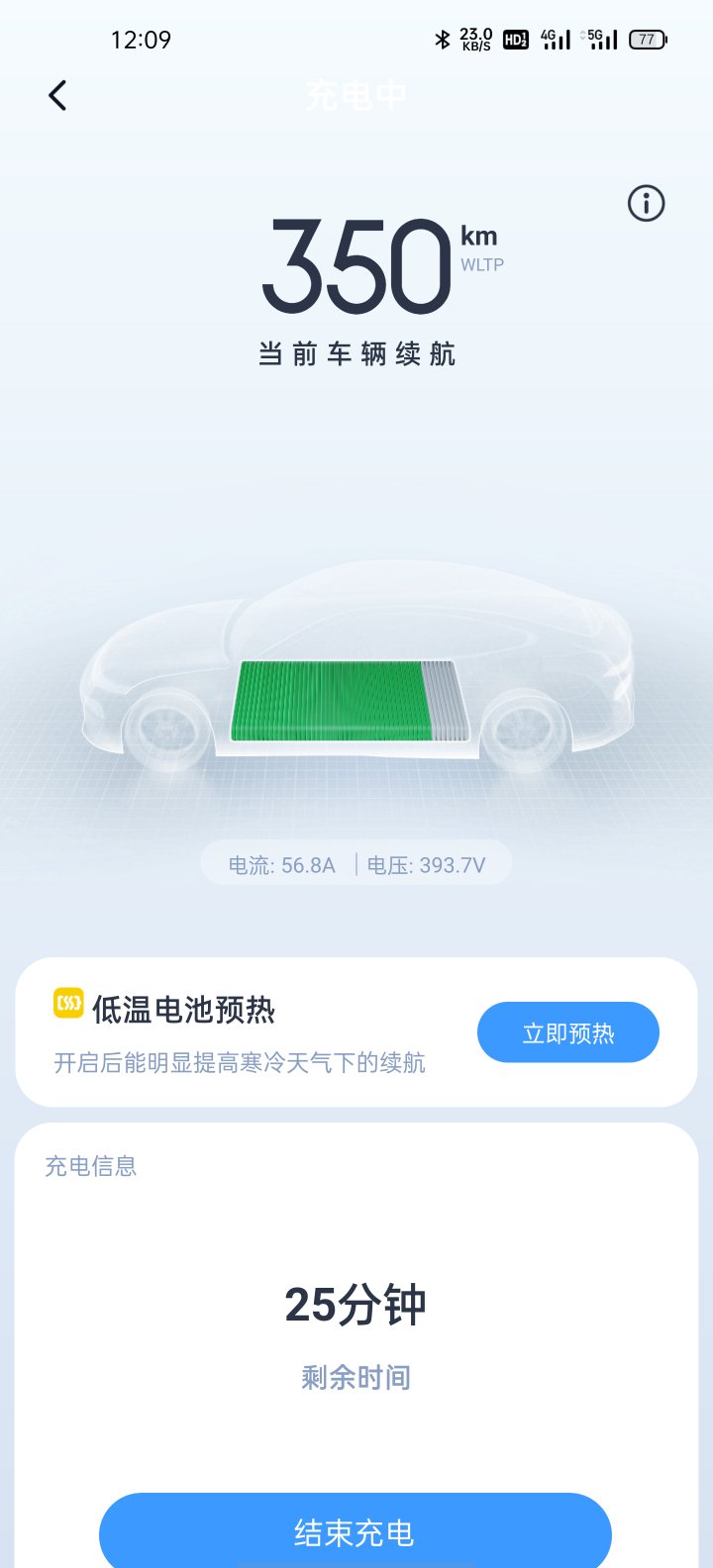This was a National Day travelogue from last year. As a gathering place for new energy vehicle owners, the 42nd garage specially published it for everyone’s reference, so that people can understand what a real long-distance trip in an ordinary family electric car looks like.
-
Reason: I just picked up the car on September 1st, and I haven’t been home for two years. I have always heard that it’s very uncomfortable to drive electric cars on highways. In order to practice and find out the truth, I discussed with my wife and daughter and decided to try it. Anyway, at worst, it’s just a driving tour.
-
Journey: A round trip from Zhongshan, Guangdong to Lichuan, Hubei, with a one-way trip of nearly 1500 km in reality (navigation displays about 1350 km, plus more distance on highways). The outbound journey was via the Second Guangzhou-Shenzhen Expressway, Shanghai-Kunming Expressway, Baoji-Maoming Expressway, Longji Expressway and Anlai Expressway, mainly passing through Guangdong and Hunan provinces. The return journey was via the Anlai Expressway, Longji Expressway, Baoji-Maoming Expressway, and Second Guangzhou-Shenzhen Expressway, mainly passing through Hunan and Guangxi provinces.
-
Driving situation: Me (11 years of driving experience, 4 gasoline cars, 1 electric car, had driven 1000 km long-distance three times before, but this time was the longest one-way trip ever, previously only over 1100 km), my wife (12 years of driving experience, almost no experience in driving on highways), and my daughter (7 years old).
-
Driving process – outbound journey
Because it was the first time to drive an electric car on the highway, although the long-distance planning app was used, it felt unreliable. We took the Second Guangzhou-Shenzhen Expressway, which is relatively new. There are charging stations at every service area in Guangdong Province. We also worried about our daughter needing to go to the bathroom, so we would stop at a service area for a break about once every hundred kilometers or more than an hour. We took advantage of the first bathroom break to experience the charging on the highway as well as non-Pininfarina supercharger for the first time. We also experienced the situation of uncivilized gasoline cars occupying charging stations, highlighting the lack of management on the Second Guangzhou-Shenzhen Expressway with no one taking care of it.
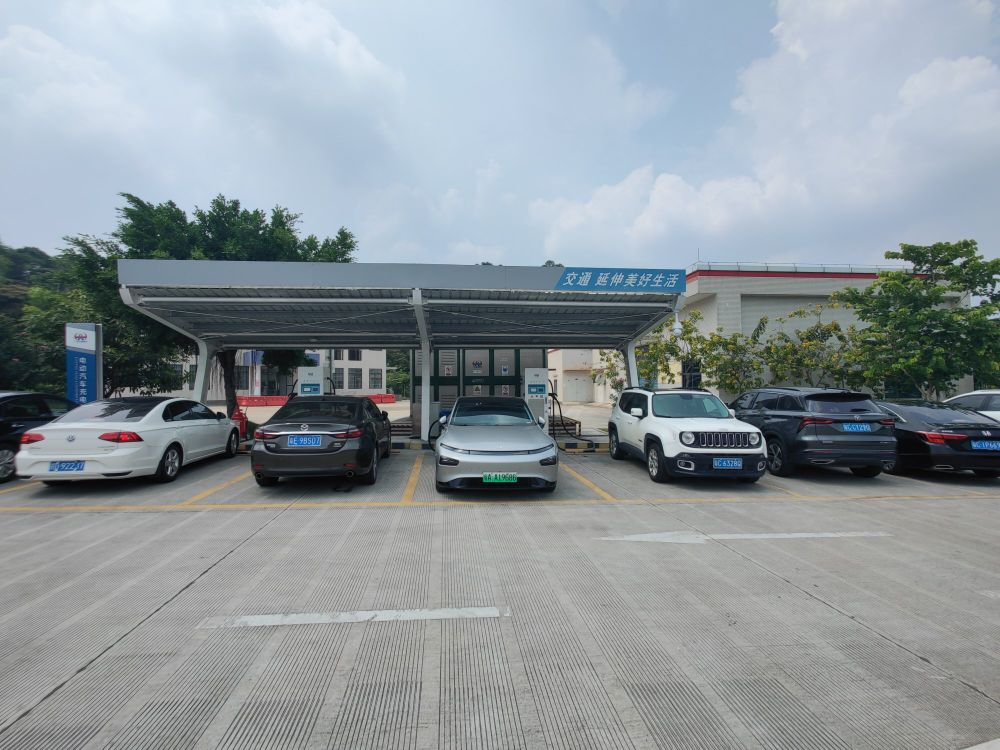 # The congestion on the first day of National Day exceeded expectations, we set off close to 11 o’clock in the morning and arrived in Lianzhou, Qingyuan, this area at 11 o’clock in the evening still in heavy traffic. However, during the traffic jam, I taught my wife how to use ACC to follow, and she gradually became more confident in driving. She drove continuously on the highway for an hour and a half for the first time, which allowed me to have a good sleep.
# The congestion on the first day of National Day exceeded expectations, we set off close to 11 o’clock in the morning and arrived in Lianzhou, Qingyuan, this area at 11 o’clock in the evening still in heavy traffic. However, during the traffic jam, I taught my wife how to use ACC to follow, and she gradually became more confident in driving. She drove continuously on the highway for an hour and a half for the first time, which allowed me to have a good sleep.
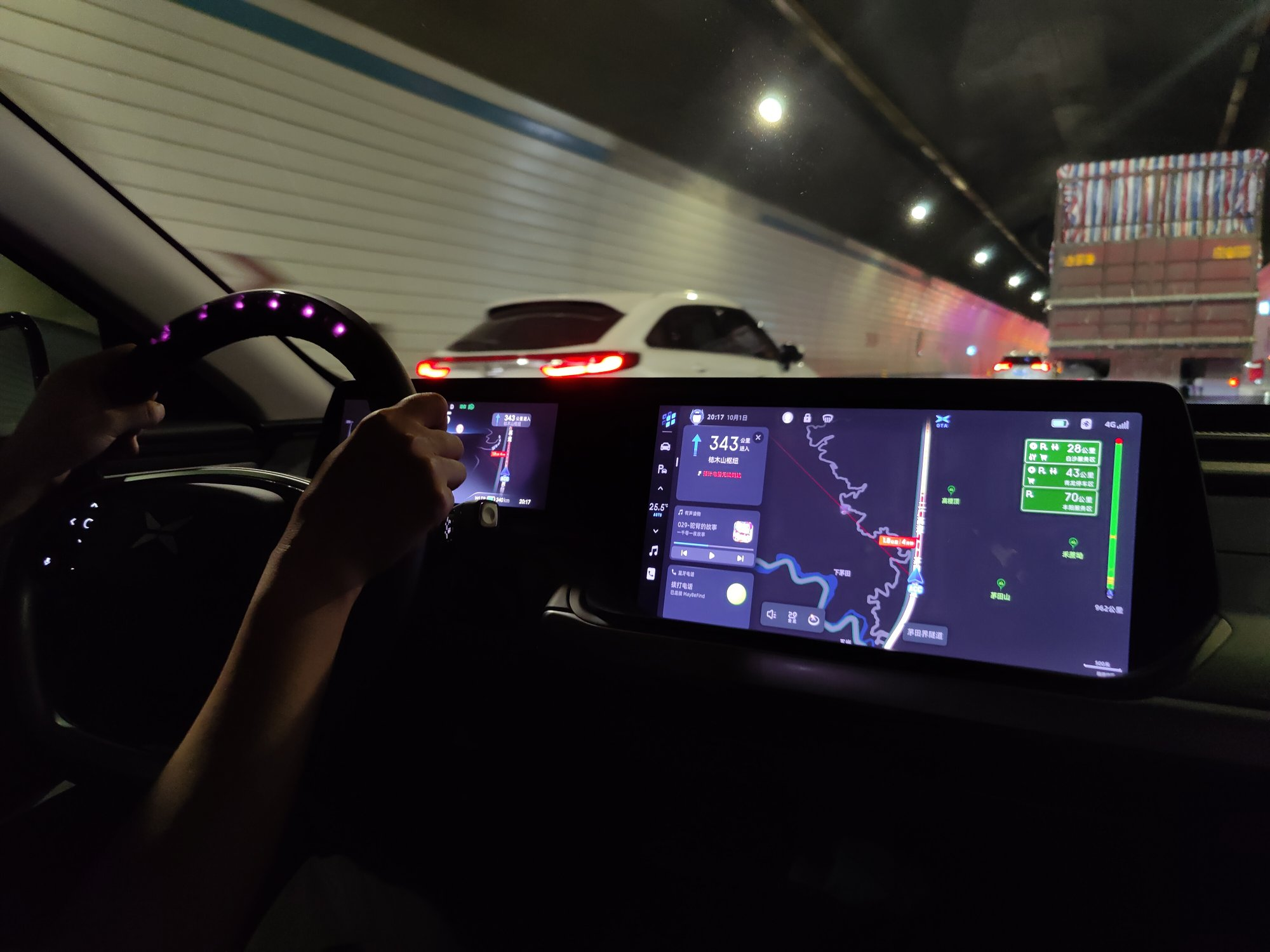

After entering Hunan, the road conditions improved. However, there were no charging stations on the highway in Yongzhou. When I stopped at the service area to use the restroom, I experienced the so-called “no need to wait for refueling” huge traffic, blocking the exit and trapping me in the service area for a while.
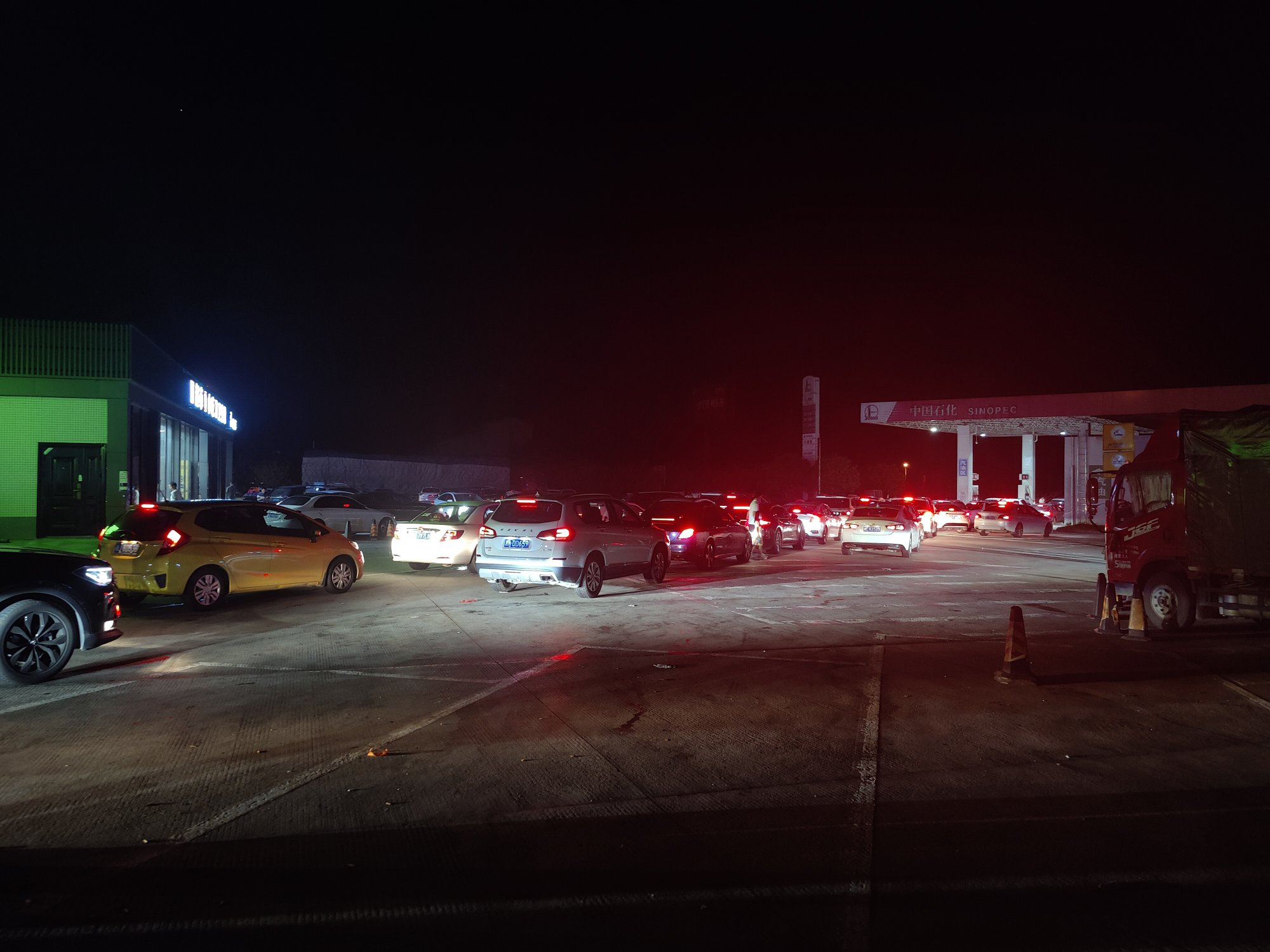
The charging facilities in Yongzhou were indeed a bit outdated at that time. We followed the navigation to get off the highway to a logistics park for charging, where there were many charging stations with high power. It was only about 6 kilometers away from the highway. In fact, we also found several charging stations on the way to the logistics park. However, it was my first time driving on the highway and it was already after midnight, so I didn’t check whether there were charging stations there. It took about 50 minutes to fully charge the car, during which I had a good sleep (actually a little over an hour).
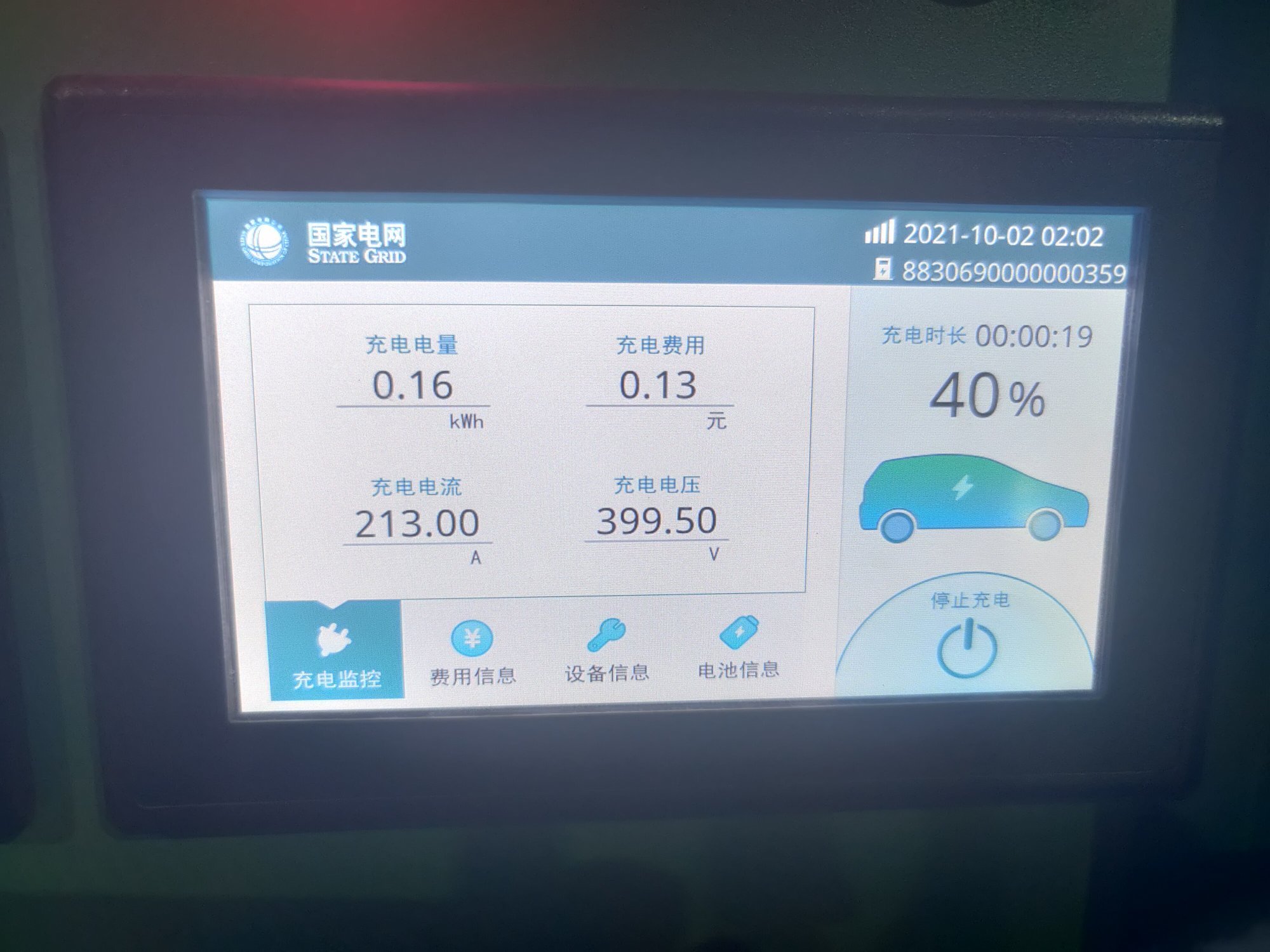 Later on, after driving for more than an hour, around 4 o’clock, I got tired and stopped at a rest area. I parked, locked the car, turned on the air conditioning, and slept for another hour. It felt good with all the curious passengers around me. When I woke up, I drove to Phoenix Ancient Town to charge the car and had a delicious bowl of rice noodles while strolling around. (The food at the service areas on the highway is getting worse and worse.)
Later on, after driving for more than an hour, around 4 o’clock, I got tired and stopped at a rest area. I parked, locked the car, turned on the air conditioning, and slept for another hour. It felt good with all the curious passengers around me. When I woke up, I drove to Phoenix Ancient Town to charge the car and had a delicious bowl of rice noodles while strolling around. (The food at the service areas on the highway is getting worse and worse.)
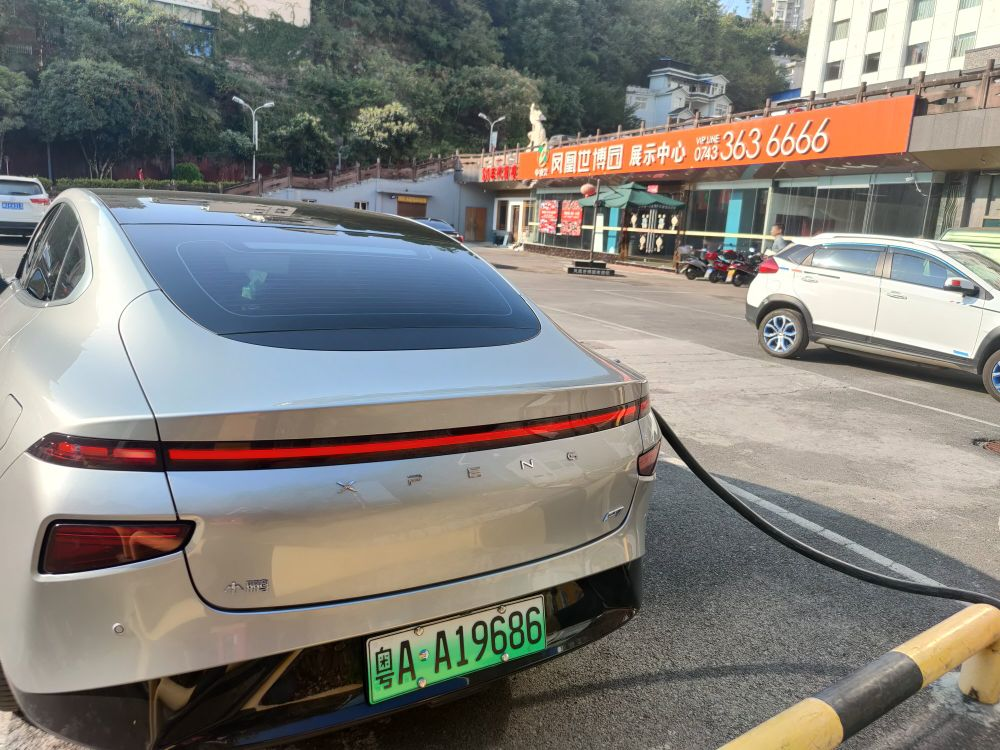

Later, at Longhui Rest Area, I charged the car for more than ten minutes while using the restroom, and finally entered Hubei Province. Some service areas on this stretch of road have charging stations, but I only charged once, at Lijiapo Service Area, and I do not recommend it because it is too slow. I only charged for 30 minutes, just enough to make it home.
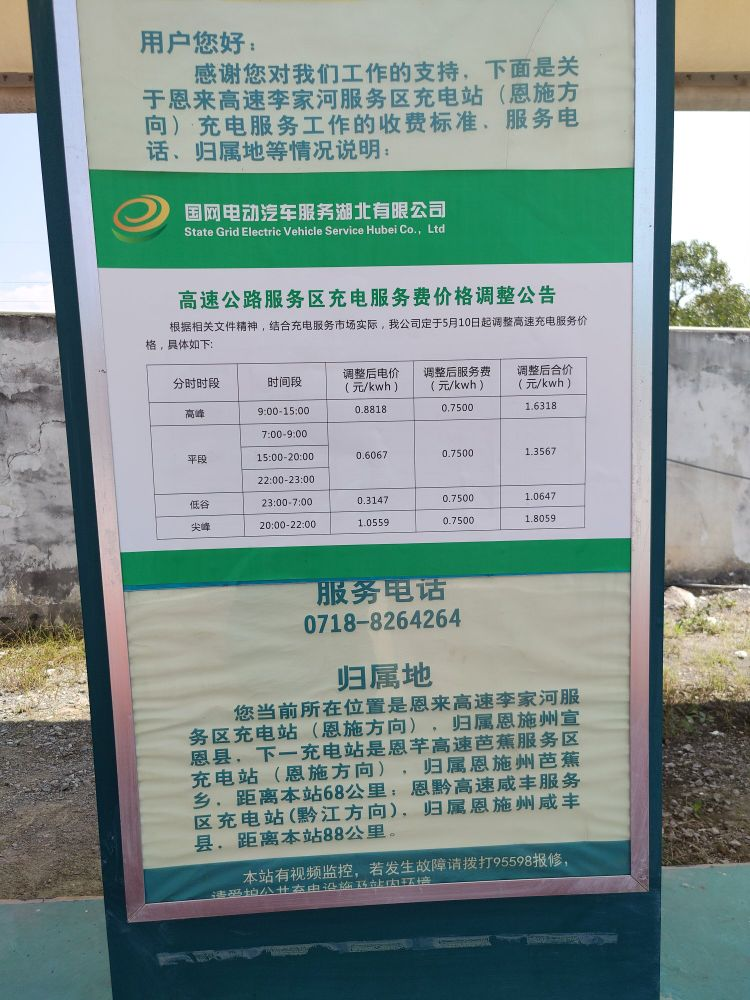
Finally, when my car had only 23 kilometers of range left, I arrived in Lichuan City, where my mother-in-law lived. Conveniently, there is a charging station right next to a park near her house, which is cheap and has free and unlimited parking. Perfect!
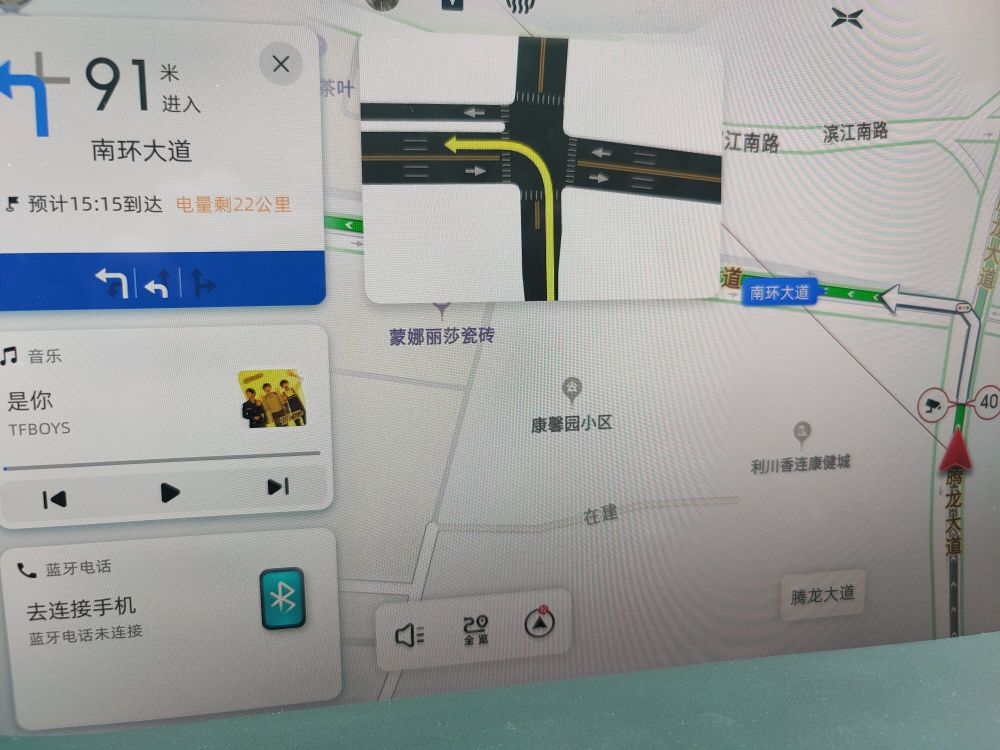
The entire trip began at 10:40 a.m. on October 1st and ended at 3:10 p.m. on October 2nd, taking a total of 26 and a half hours. Compared to my previous National Day trips on gasoline cars, I only took an extra two to three hours (because I actually took quite a bit of rest time in between). However, thanks to the assisted driving system, the drive was much easier and more relaxed. During charging stops, I was able to rest without wasting any time.
V. Return TripWith the experience of the outbound journey, the return journey was completely planned according to the app’s long-distance plan, and five charging points were recommended all of which were off the highway, providing a better experience. The first charge was at the government parking lot in Yongshun County, with a restroom conveniently located for a 30-minute charge costing 29 yuan.
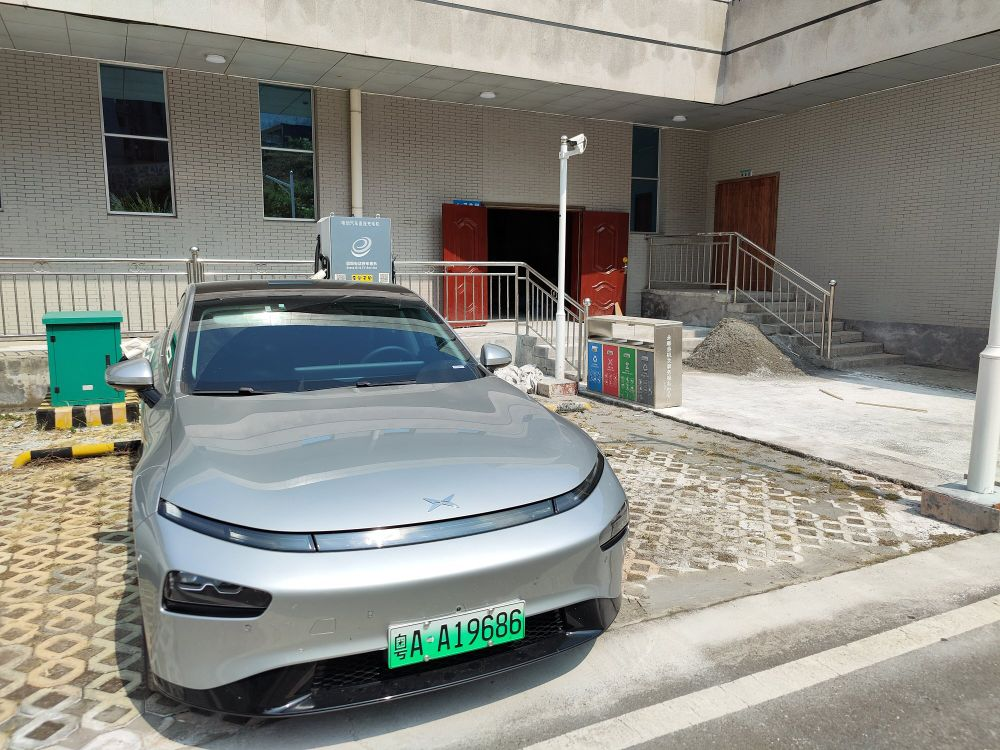
The second charge was at the Guodian Company in Qianzhou New District, Jishou City, where a visit to the restroom inside the business hall is possible. A nearby farmhouse also serves delicious lunch, highly praised by my wife and daughter. They also gave compliments to my better dining experience during long-distance travel by electric vehicle. Ha-ha, highly recommended!
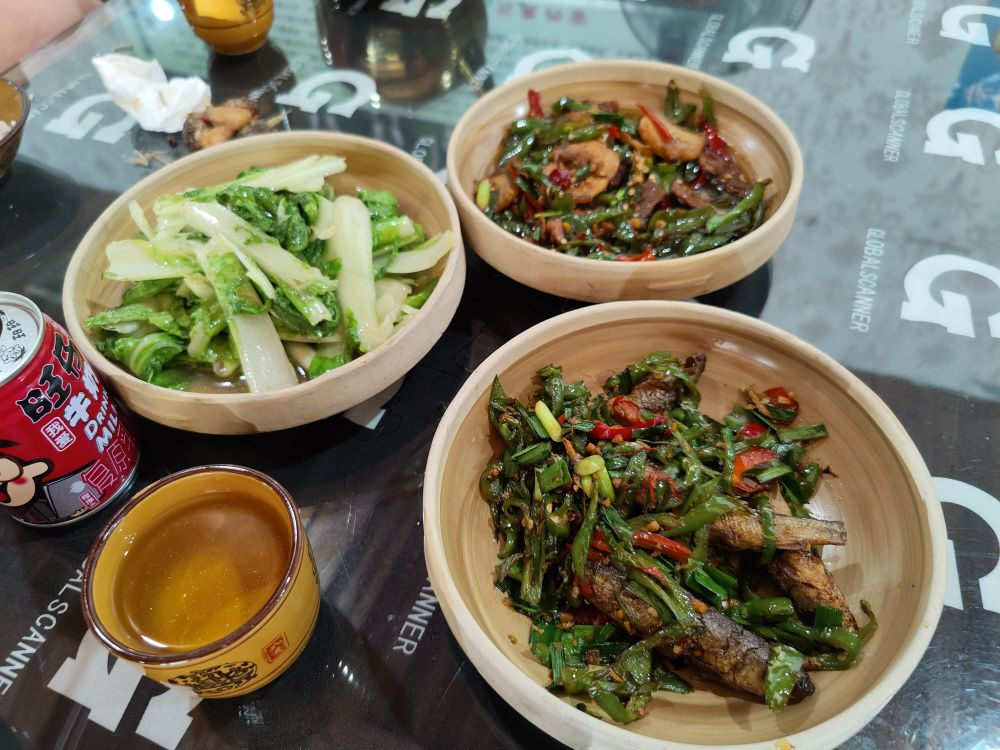
The third charge was at the Guodian Company in Jingzhou County, Huaihua City, with a superb environment that allows access to the restroom inside the office building even outside business hours. A small park is also available for a walk. I charged for 28 minutes, costing 35 yuan.
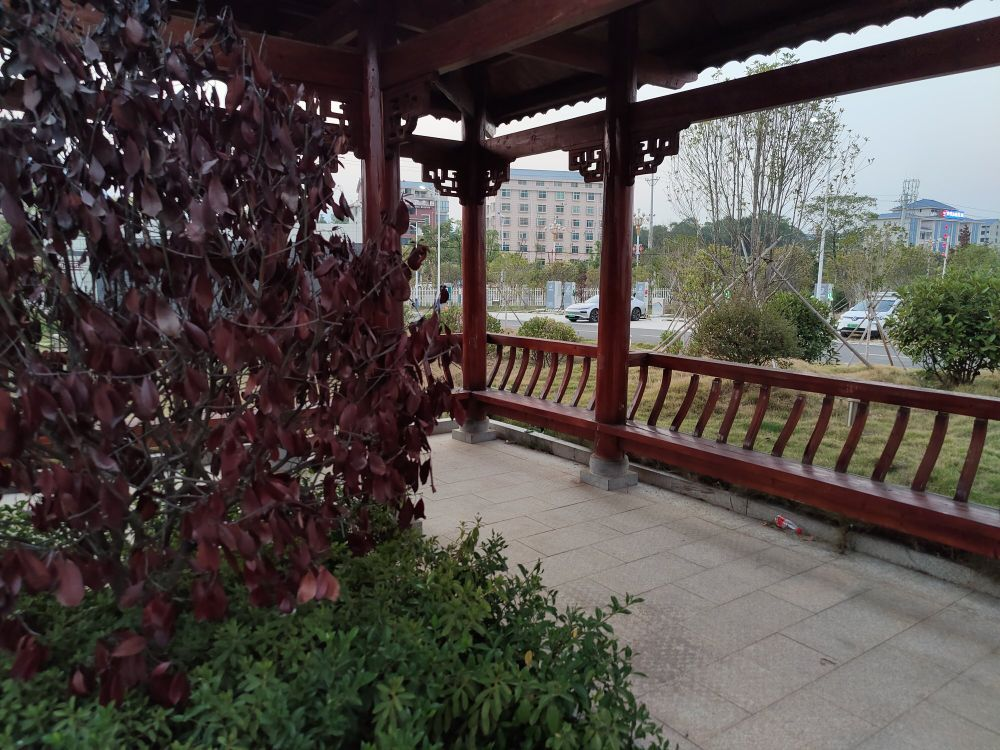
The fourth charge was at the XPeng Supercharge Station in the Wuyue Plaza, Guilin. This station offers free milk and is located in a bustling business district located less than 3 kilometers off the highway, where I also enjoyed a delicious midnight snack!
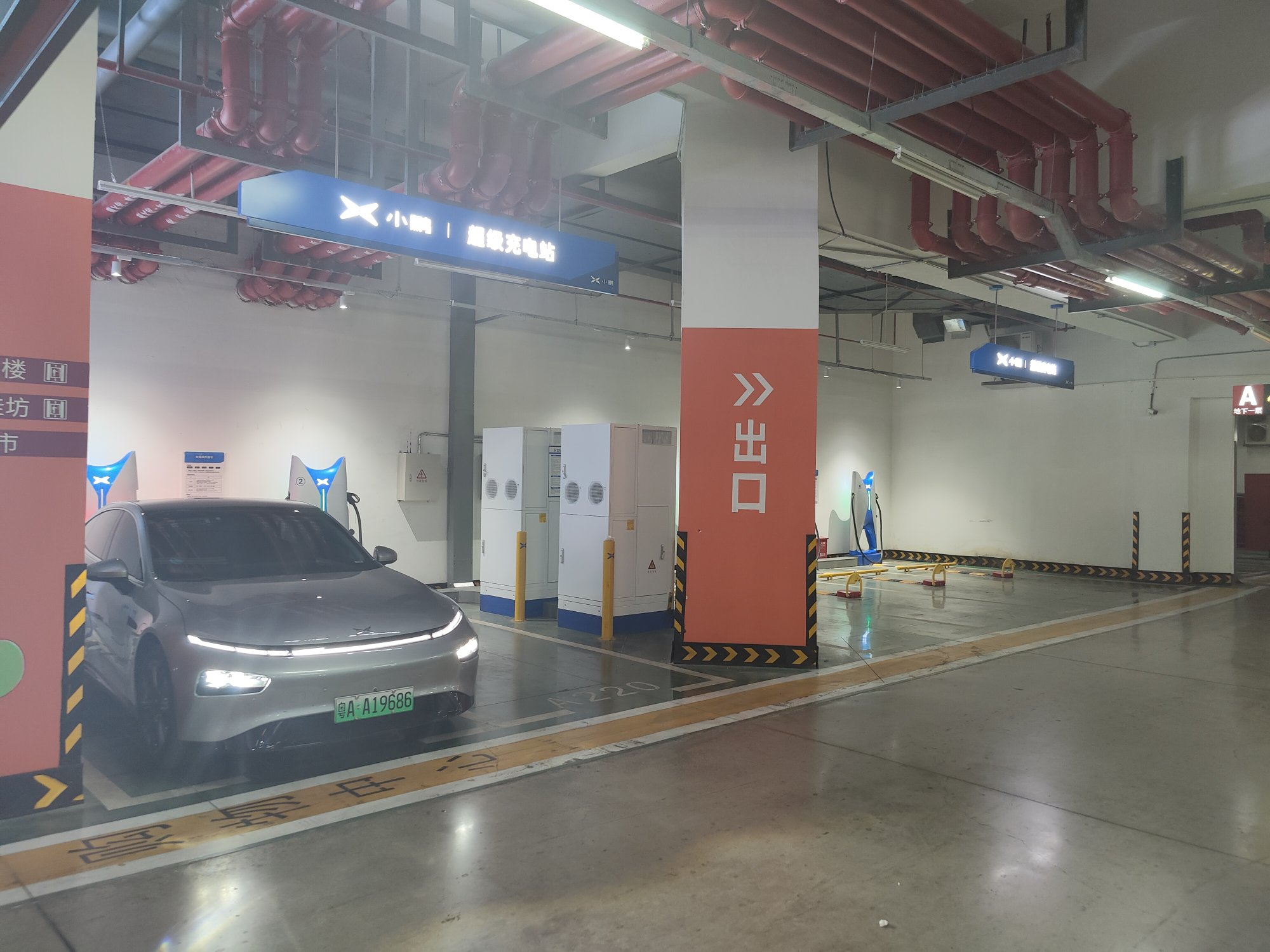
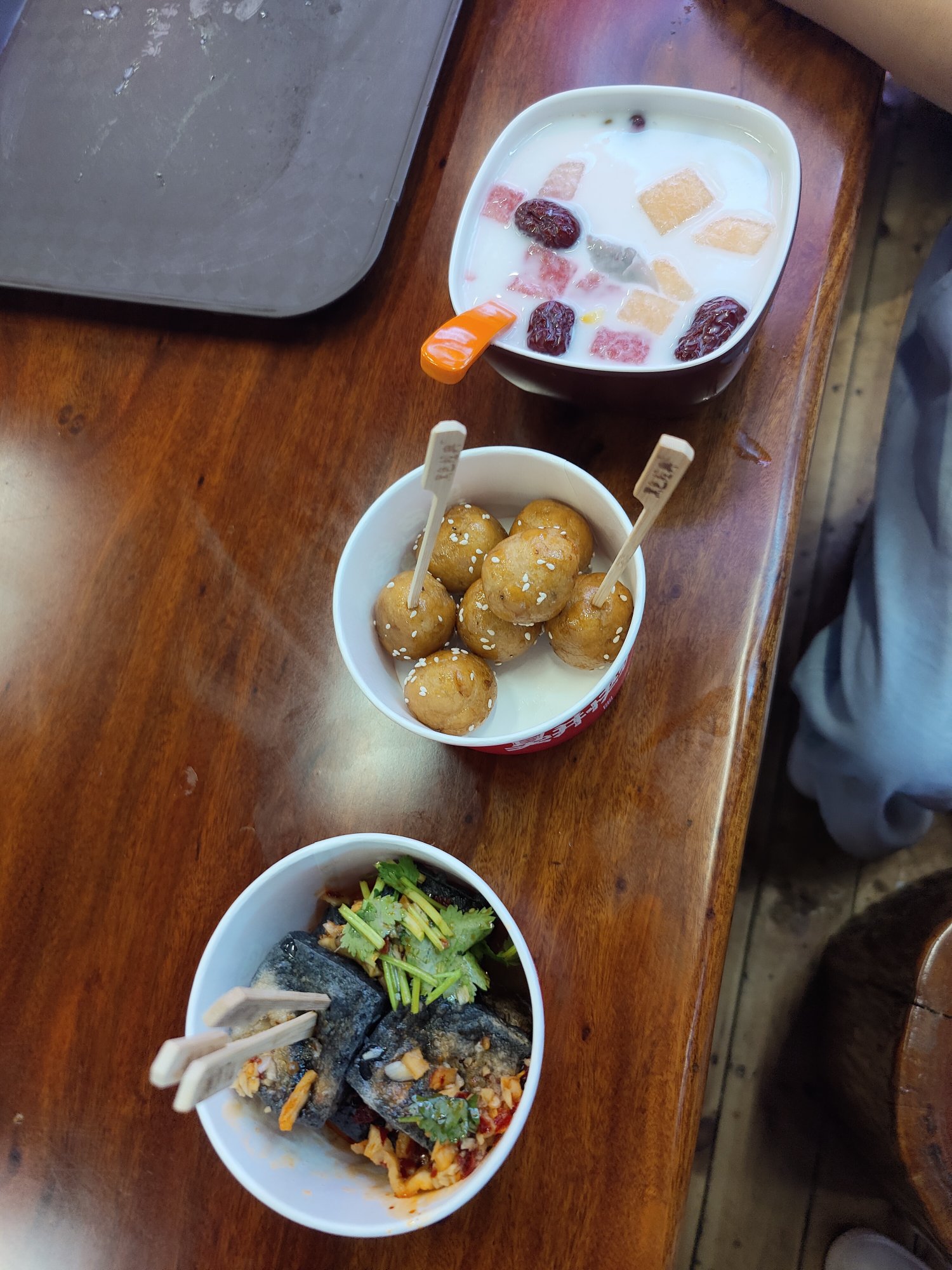
The fifth charge was at a luxurious mountain resort in Hezhou, where I used the NIO charging station. The charging station had a dedicated rest area and bathroom with great surroundings. I also took a nap while charging to a full 50 minutes, costing 49 yuan.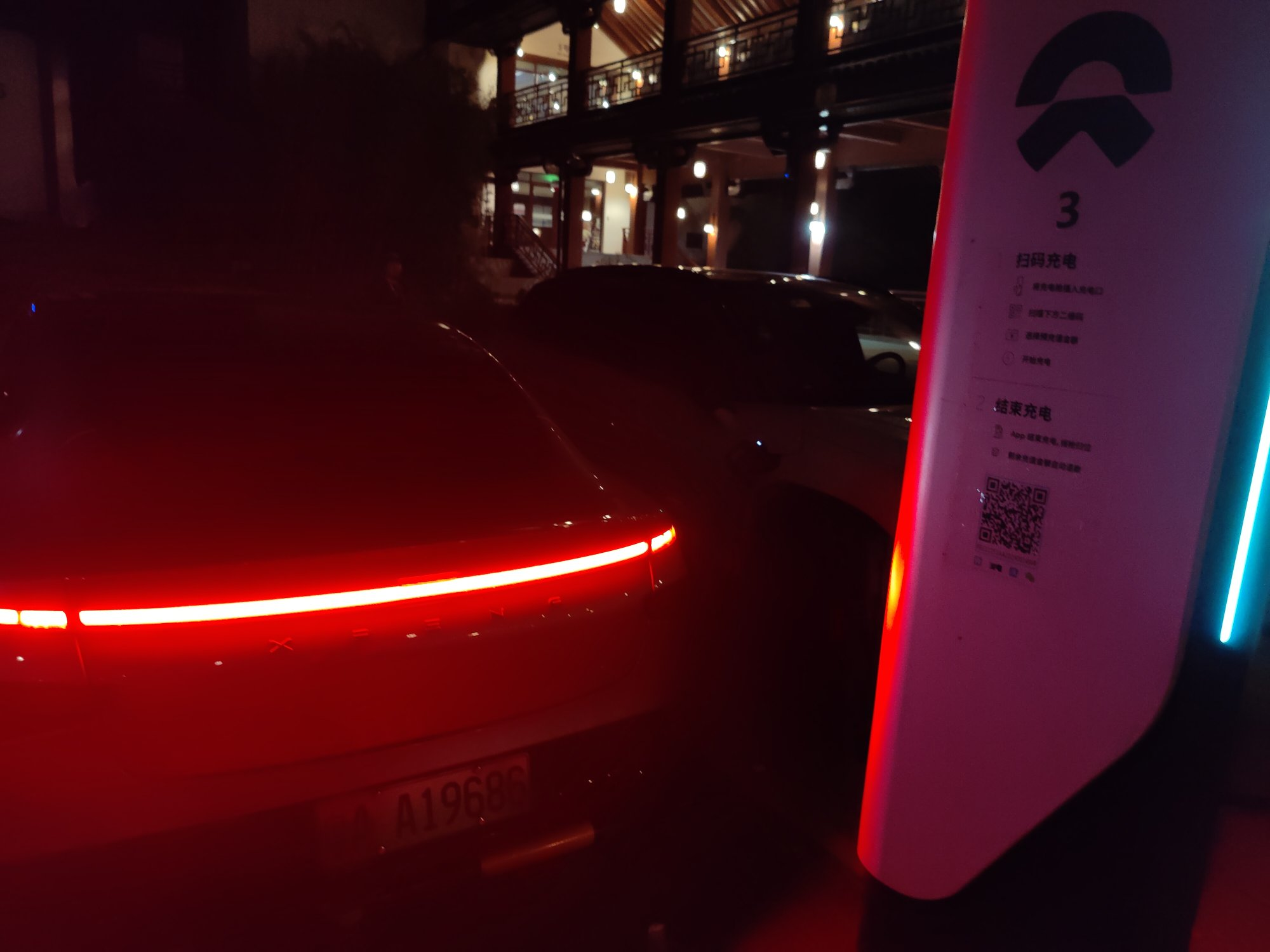
At around 4am, I entered a service area within Guangdong province to go to the restroom. The area was packed with cars, and even the restroom was almost blocked off. It took me 15 minutes just to enter and exit the service area due to the congestion. Near the exit, I saw that some cars were stuck at the gas station, with multiple layers of cars blocking each other. I didn’t know how long they had been waiting for. In the end, I switched to a smaller road in the service area to use the restroom and also took a 20-minute nap before returning home.
On the return journey, I left at 9:30am on October 6th and arrived at 7:30am on the 7th, taking 22 hours in total.
- Impressions
1) The Full-Speed Range ACC+LCC system is amazing! It’s so comfortable to use, and 95% of the time, all I had to do was make sure I was paying attention. It greatly reduced fatigue and increased safety. Previously, I would need to switch drivers every three hours, but this time I was able to continuously drive for up to 14 hours. My wife was also able to drive on the highway for the first time, and on the return journey, she drove for almost 3 hours and nearly 200 kilometers. At around 3am, when I was feeling the most tired, there were times when I actually felt like I was dozing off. Fortunately, the P7 autonomous driving assist system was there to help control the car and remind me, otherwise I would have crashed. After all, if you close your eyes and lose control for one second at 100 km/h, you could end up flying over the median strip. I saw several accidents that occurred after 1am, but driving while fatigued is not a good habit, so next time, I will definitely try to get more rest.
2) I had absolutely no charging anxiety on this trip. I spent some time planning where to eat and checking nearby charging facilities. Every time I stopped at a service area to use the restroom, I would also check the charging station’s status and plan to either charge at that station or go to another one if that one was full. Throughout the journey, I never had to wait for a charging station (on the way, if one station was full, I would go to the next service area, and on the return journey, all the charging stations were available). Of course, if you’re the kind of person who is stubborn and only wants to charge at a particular station, then there’s nothing you can do.3. Super Cost-effective, the round trip of 3000 kilometers only cost less than 400 yuan, due to few brand supercharging stations, but actually I have driven 4000 kilometers in July 2022, almost 80% of which are supercharged by brand stations, saving more money.
-
Joyful mood, my wife and daughter sang high in the car on the road. The larger, wider, and more comfortable driving experience of P7 than my previous ATSL also received great praise. Charging at different places also allowed us to see the local city style, providing a great experience.
-
Criticism
1) when switching accounts of the car’s media system, the set waypoints of the navigation will be lost (only reserved 1 time among 5 times), which requires re-planning and sending on the app, this is obviously a software bug, which greatly affects the usage.
2) The frequency of turning directions in the auxiliary driving mode is too high, and the direction of turning doesn’t feel scientific as well. Can this be changed to hold the steering wheel, and several times the auxiliary driving directly prompts that it will exit soon after entering, and I don’t know why. (it is normal to have other reminder behaviors when dozing, distracted or closing eyes)
3) Broaden the distribution of charging stations, there is almost no XPeng station in western Hubei and Hunan, after all, XPeng cannot be just a brand of Guangdong province!
Finally, it was fortunate to have P7, only then have I had this unforgettable journey, and it also gave me the courage and experience to go to more places in the future. In the end, some pictures of hometown food and beautiful scenery are attached, hoping everyone can have time to travel to Enshi!
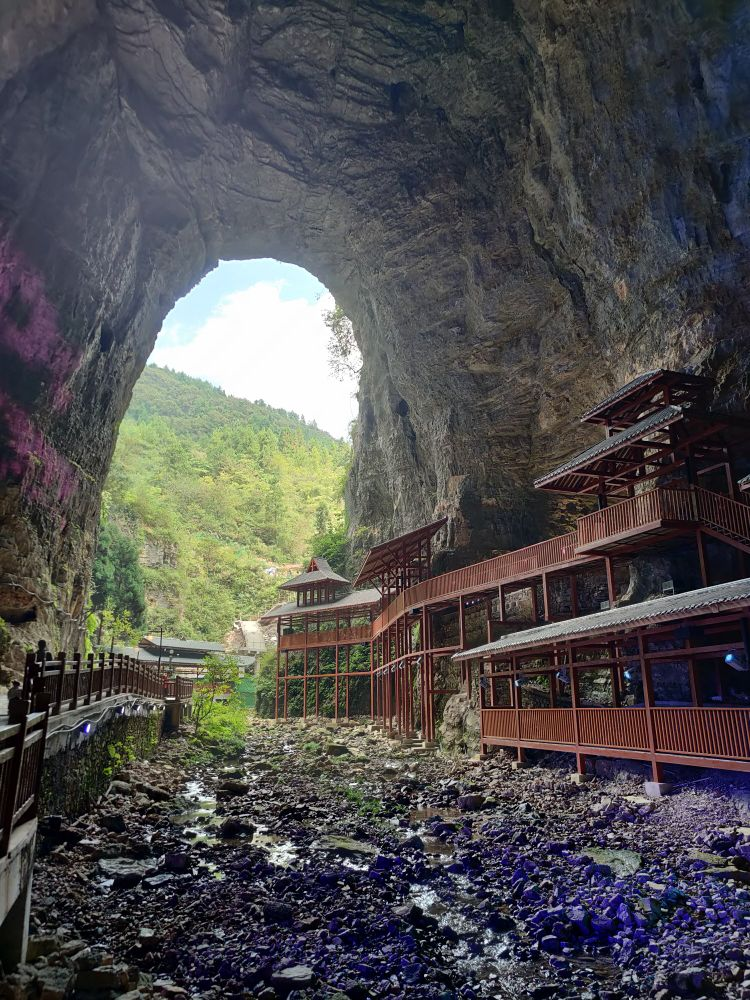
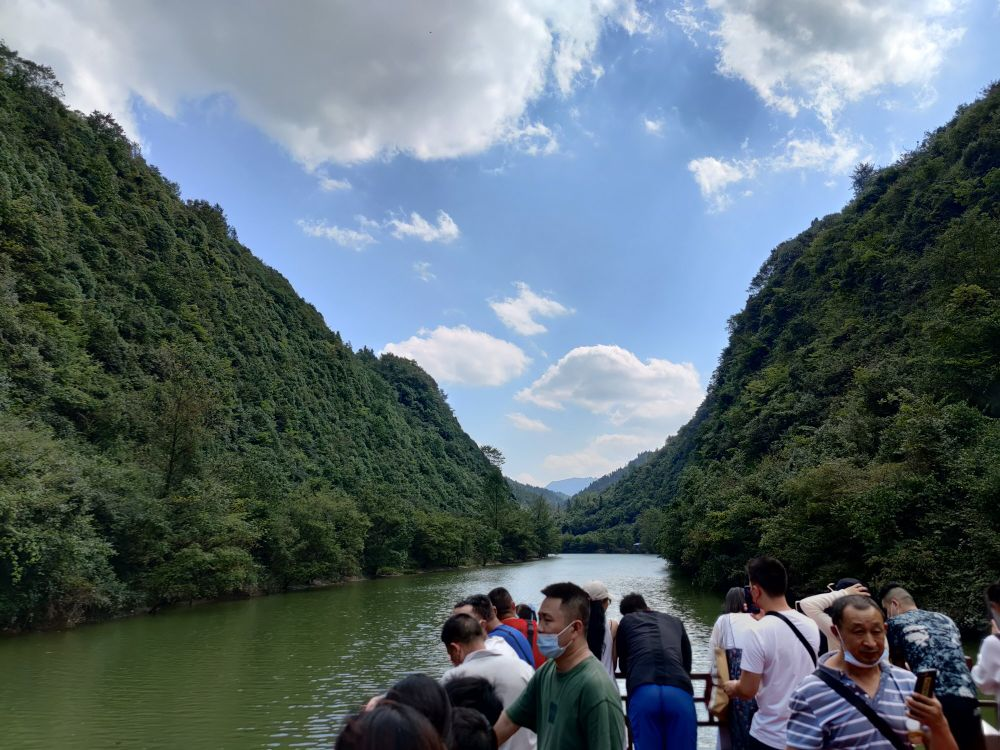
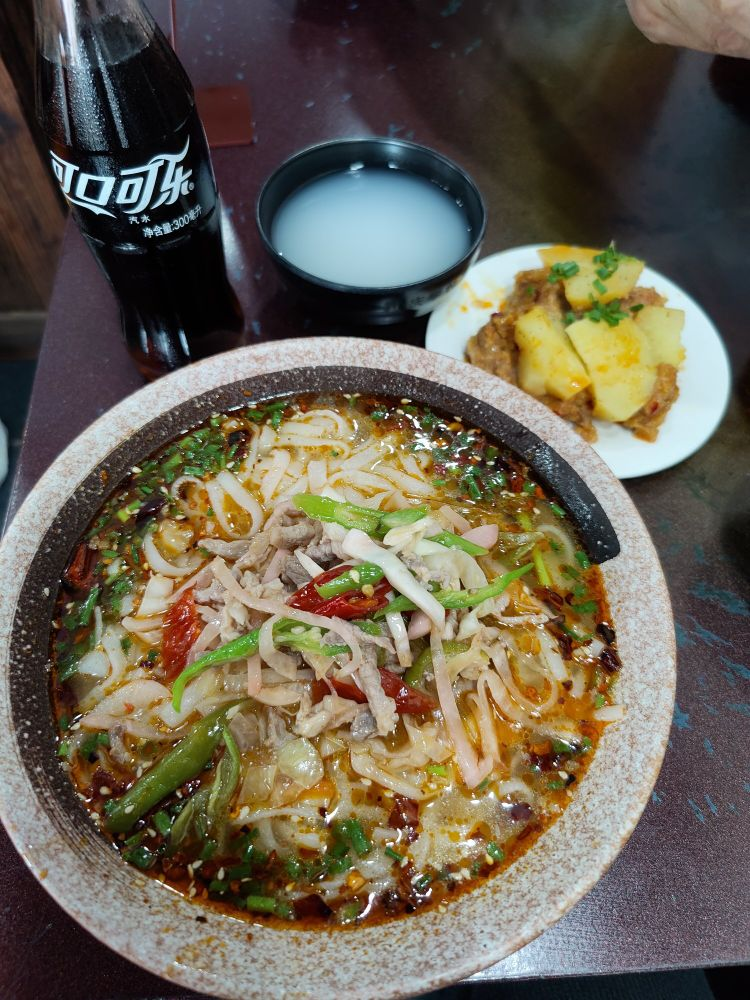
This article is a translation by ChatGPT of a Chinese report from 42HOW. If you have any questions about it, please email bd@42how.com.
